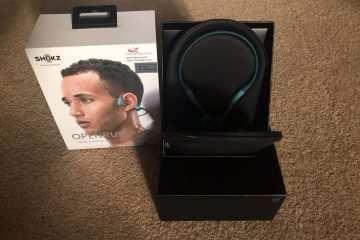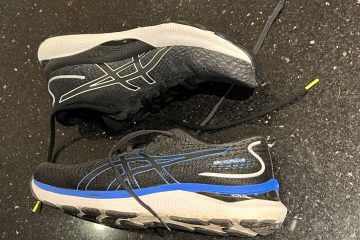Shin splints also called Medial Tibial Stress Syndrome are a common pitfall of runners this time of year with hard ground and not enough warm up for most. If you are running on last seasons trainers which have significant wear then again you could be increasing your chances of shin splints as much of the mechanics of your running are hugely influential in how severe your injury is and how fast you recover. With many people working to build up the miles for marathons later in the year there are plenty people at risk of the injury and wondering what are shin splints and how can I recover fast from them.
How serious are shin splints?
While shin splints aren’t usually serious they are hard to ignore and running through the pain will only extend the injury and keep setting you back. The pain tends to kick in pretty much straight away and is felt over a large part of the shin and can results in swelling. We’re trying to give you everything you might need to know about treating shin splints in this weeks blog.
Importance of treating shin splints
For all of us periods of injury where we can’t train are unbearable and tend to result in us turning into housebound horrors to live with. As a result treating shin splints as fast as possible is a priority for us all. The type of injury covers a range of issues ranging from a stress injury through to a crack in the bone. The bone tends to swell and more likely a bone related issue than a muscular one. The following should help relieve the pain and help get you back training:
How to Fix Shin Splints
Rest – Stop training. Ok so you don’t have to stop all training but definitely park the running. Get yourself in the pool and concentrate on the first phase of a triathlon resting your poor shins.
Massage – Get the foam roller out and run it over your shins and calves for several minutes every day helping relieve the injury.
Ice – Not in your Gin & Tonic but against the shins. Raid the freezer and keep your shins chilled whenever you get the chance.
Pain Relief – Take paracetamol and ibuprofen as directed to help ease the pain from the shin splints
Keep up this approach for at least a couple of weeks before you resume any running and ease your way back in when returning. If you still feel pain when returning running then advise you seek some Doctor advise as it could be a fracture that isn’t going to heal in a matter of days.
Prevention of shin splints is better than cure
Preventing in the future means checking them trainers and getting a fresh gait analysis in case your shoes really aren’t a good fit for your running style. Make sure your getting enough Vitamin D in your diet. Watch how much you increase your miles and don’t load it by more than 10% each week. Strengthen your core to improve your running style.




1 Comment
Alex Maguire · 18/10/2019 at 3:03 am
Really useful content on shin splints especially this time of year where they can be more of a problem.
Comments are closed.